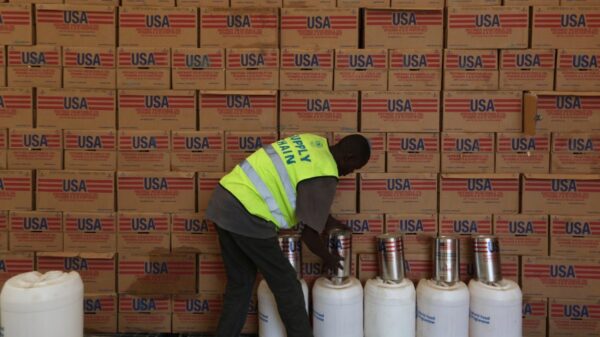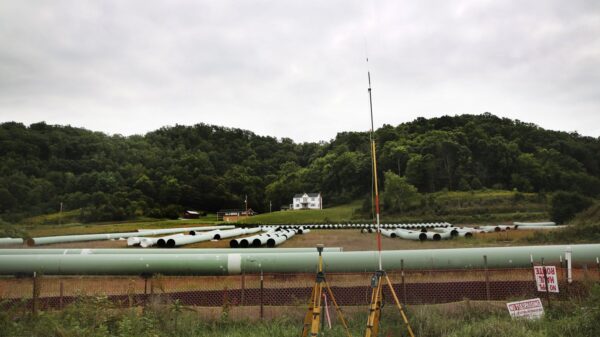The latest economic data reveals that factory orders in the United States fell by 1.3% in July, a slightly better outcome than the anticipated decline of 1.4%. This drop follows a more significant downturn of 4.8% in the previous month, indicating a potential stabilization in manufacturing activity.
Despite the overall decline in factory orders, certain segments showed positive signs. Orders excluding transportation increased by 0.6%, surpassing the prior figure of 0.4%. This suggests that demand for manufactured goods, excluding the often volatile transportation sector, remains resilient.
Durable Goods Orders Reflect Mixed Performance
In terms of durable goods, the report indicated that orders experienced a decrease of 2.8%, matching preliminary estimates. When analyzing durable goods excluding defense, the decline was slightly less severe at 2.5%, consistent with earlier projections.
One highlight from the report was the performance of non-defense capital goods orders, excluding aircraft. These orders rose by 1.1%, aligning with preliminary estimates. This segment is often viewed as a barometer for business investment and suggests that companies may still be willing to invest in equipment and infrastructure despite broader economic concerns.
The report, authored by Adam Button at InvestingLive.com, presents a mixed picture of the manufacturing landscape in the U.S. While the overall decline in factory orders raises some alarms, the positive trends in specific sectors could indicate a more nuanced economic environment.
As analysts sift through these figures, the focus will likely remain on how manufacturers adapt to ongoing challenges, including supply chain disruptions and fluctuating demand. Understanding these dynamics will be crucial for gauging the future trajectory of the U.S. economy.


































































